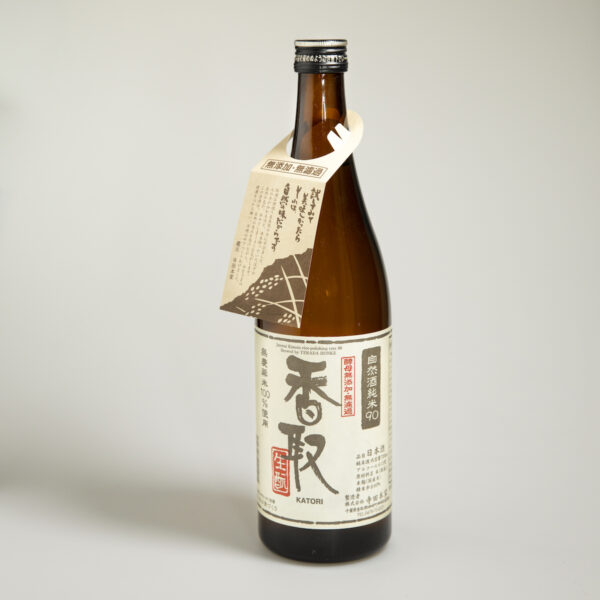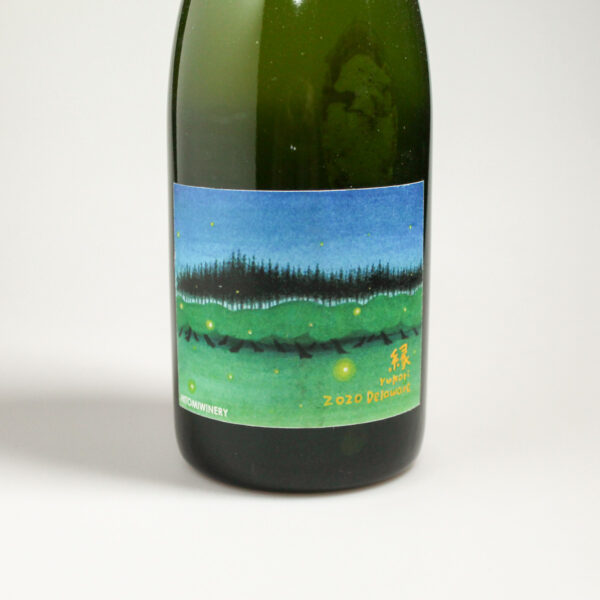Description
The pinnacle of the Dassai series, which is itself a pinnacle. An exceptional cuvee in terms of taste and sensations, brewing conditions and history.
On the palate, Dassai 23 is enchantingly contradictory. Its floral and fruity aromas are reminiscent of an almost too cool spring morning and an orchard full of ripe peaches. Too fleshy? Too juicy? Not at all: delicately honed mineral notes keep this exuberance fluid. Complex, but perfectly readable. The same oxymoron is found in the texture: Dassai 23 is long and silky, but leaves the palate dry and clean. It disappears neither too quickly nor too slowly. In short, impressive.
A high-tech sake
Producing Dassai 23 is a real technical challenge for the Asahi Shuzo brewery. In fact, two conditions are required to produce such remarkable flavors and textures: long fermentation at low temperatures and highly polished rice grains. The “23” in the cuvée’s name refers to the degree of polishing of the rice grains used in the brewing process: after four days of continuous mechanical polishing, 76% of the volume has been removed, leaving almost nothing but starch.
This very pure raw material allows the yeasts to produce a multitude of refined aromas. However, these yeasts only unfold their full palette under almost lethal conditions. To obtain Dassai 23, Asahi Shuzo must ferment at 5°C for 50 days. By comparison, more rustic and ordinary sakes require 10 days of fermentation at around 15°C. It’s simpler… and less delicate.
We told you that the story of Dassai 23 is extraordinary. In fact, many observers believe that the launch of this cuvée in 1992 marked the beginning of the “polishing wars”. It is said to have introduced the rather simplistic concept that the higher the polishing rate of the brewing rice, the better the final sake… This confrontation reached its climax in 2018 with the release of a sake with a polishing rate of 0.85%. Skill or waste? We’ll let you decide.
A certain iconoclasm
Some oenologists distinguish between two families of sakes: traditional and modern. With their fruity, meaty flavors, Dassai sakes are decidedly modern. So modern, in fact, that some traditional brewers are a little upset with Asahi Shuzo. We’ll explain.
Traditionally, Japanese sake brewers only work in the winter. First and foremost, it’s a Japanese matter of respecting natural cycles, as the rice harvest ends at dusk in the fall. It’s also a matter of practicality: to brew good sake, you have to keep fermentations at a low temperature. And there’s nothing like letting the icy December wind blow into the brewery. It’s also worth noting that older breweries often entrust production to seasonal workers led by a chai master called a toji. In general, these teams work according to ancient, empirical know-how… And sometimes a bit rigid, because that is the toji’s world.
Asahi Shuzo rejects all these traditions. It produces its Dassai cuvées twelve months a year in an air-conditioned, highly automated brewery. No folkloric cellar masters or seasonal workers from the neighboring village! Employees monitor the brewing process via numerous sensors scattered throughout the production process. For many purists, this relatively disconnected approach to nature and centuries-old tradition is a real shame. And yet there’s no denying it: Dassai sakes are excellent.
Storage:
This sake should be stored in a cool place, between 2 and 5°C. As with all sake, we recommend keeping it away from light. For longer storage, it’s best to store the bottle upright in a dark place. Laying the bottle down will bring the sake into contact with the cork, which can be damaging.
Ingredients:
Water, rice, koji rice (Alcohol content: 16%).
Shelf life:
Before opening and under the right conditions (those described above), this sake can be kept for years. After opening, it’s a matter of taste: the “classic” shelf life is about ten days in the refrigerator, but some connoisseurs let their bottles mature in the refrigerator for three to four weeks, or even longer. It all depends on your taste in oxidized sake.
Serve chilled:
We recommend serving this sake chilled, between 8 and 10°C. A wine glass will allow you to appreciate its bouquet better, but a sake cup will reveal more of its texture. Don’t worry, it’s excellent either way.
Alcohol abuse is dangerous to your health and should be consumed in moderation.
.png)





